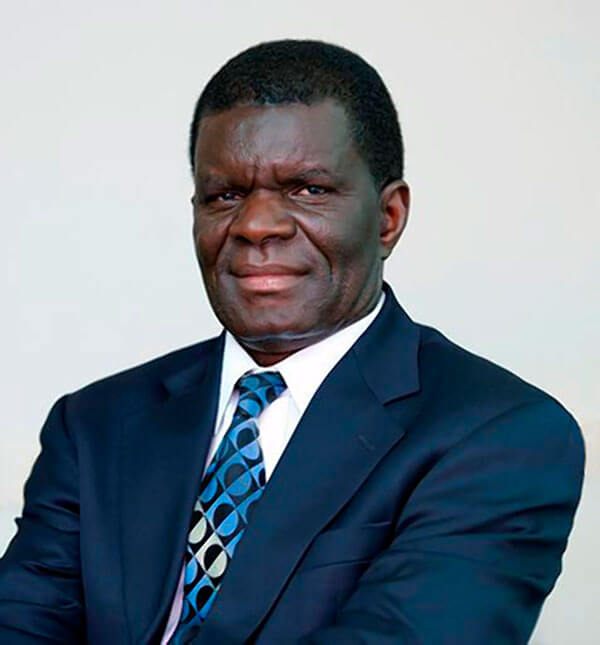One Bronx doctor is making strides in HIV/AIDS prevention.
Dr. Yvette Calderon, director of the emergency medicine director at North Central Bronx Hospital, has been recognized for her significant work in the area.
She was recently named one of the National Hispanic Health Foundation’s ‘Key Leaders’ in expanding health care access, and last year was the The New York State Department of Health AIDS Institute honored her with the Dr. Linda Laubenstein Annual HIV Clinical Excellence Award.
Dr. Calderon, of Puerto Rican heritage, grew up in a housing project. Her family struggled with language barriers in medicine.
“I saw first hand issues of access to care,” she said. “That was something I knew I wanted to correct.”
Dr. Calderon, who attended Einstein College of Medicine and has spent her entire career within the North Bronx Healthcare Network at both Jacobi and NCBH, said she was drawn to emergency medicine because it’s a gateway for patients receiving all types of care.
“You’re the first person they get to see,” she said.
Her interest in preventing HIV/AIDS came from her experiences in the emergency departments during the 90s, when she saw many people with the disease coming into the hospital.
“We all knew if we could find these patients earlier, they wouldn’t become AIDS patients,” said Dr. Calderon.
Dr. Calderon, who is also the associate dean of Diversity Enhancement at Einstein, has spent the past 15 years doing research in HIV prevention and implementing those findings at NCBH and Jacobi. Her mission of prevention is two-fold.
The first part is to getting as many people tested as possible. The second step is providing ‘linkage to care,’ which means getting people with positive test results to meet with a specialized HIV provider for a full evaluation and future treatment.
“When you retain these patients in care, you don’t see them in the ER,” said Dr. Calderon
In order to achieve these goals, Dr. Calderon and medical director of the North Bronx Health Network’s Adult HIV Service Dr. Jason Leider, developed Project BRIEF.
The model for HIV prevention has five components—Behavioral intervention, Rapid HIV Testing, Innovative video, Efficient cost and health care saving and Facilitated seamless link to outpatient HIV care—and Calderon has presented the model all over the world.
One of the key components that Calderon helped develop was the introduction of HIV testing to emergency rooms, to reach more people.
When patients are first seen, they are asked if they would like to take an HIV test. Those who say no are given an educational video on the subject to help convince them to take a test, and watch a second video while they wait for results.
Calderon said because people often feel uncomfortable discussing sexual health in person, videos are more effective at getting the message across, and about one-third of the patients who initially deny the test change their mind.
The hospital continues to engage and educate patients after they test positive, sending them links to short videos on various issues surrounding living with HIV.
The videos and other innovate techniques the hospital uses for outreach have been developed through extensive research with community participants.
“You need to know what’s important to them to get them to buy in and take care of themselves,” said Calderon.
All that hard work has paid off. Since Project BREIF was launched at NBHN in 2005, Jacobi and NCB hospitals have tested more than 100,000 patients, and the hospital has increased ‘linkage to care’ to 85 percent.
“We know it works,” said Calderon.





















